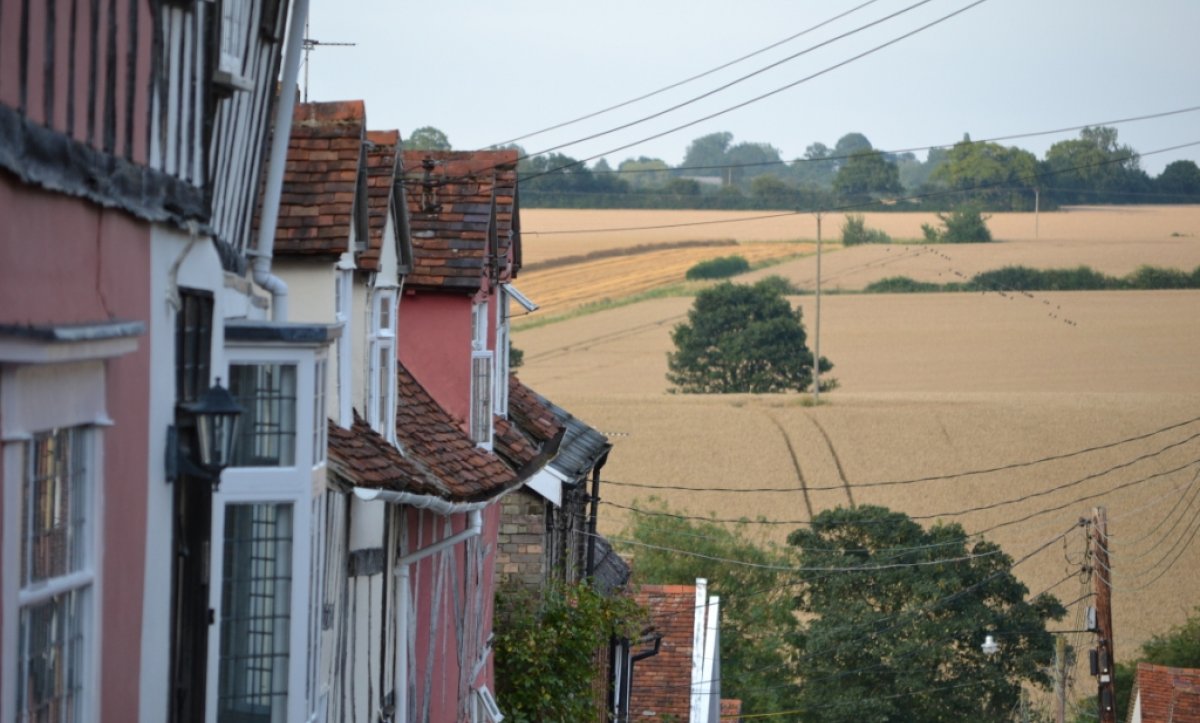Search our Knowledgebase
Search our Knowledge Base
Are you thinking of buying an old building for the first time? While we warmly encourage people to make an old building their home, it’s easy to be swept away by romance. Here we offer a checklist of key considerations to help potential buyers make the right choice – both for themselves and for the building of their dreams.
Tracing the history of a building can be very rewarding. The more you know about an old building the more likely you are to value it, appreciate its oddities, and make sensible changes that respect its history. However we would strongly urge you not to start ripping off wall plaster or undertaking other destructive investigations in your understandable enthusiasm for finding out more about the building. Far too much permanent damage has been done by this misguided urge. Also beware: the SPAB was founded because of highly destructive attempts to restore buildings back to some former period....
A listed building is a building, object or structure that has been judged to be of national importance by virtue of its special architectural or historic interest. Listing, sometimes also referred to as 'designation', is the act of identifying nationally important heritage sites and affording them special protection through the planning system. The purpose of listing is to introduce a higher degree of protection.
This page describes the current legislative and policy framework which protects the historic environment.
When the SPAB was established in 1877 there was no conservation legislation to speak of which led to some truly sad losses of buildings and monuments. After campaigns by the Society and various other conservation-minded individuals, the first Ancient Monuments Act was introduced which recognised the need for governmental administration on the protection of ancient monuments. This legislative move was attacked in Parliament as “an invasion of the rights of property… in order to gratify the antiquarian tastes of the few at the public expense” By 1930 there were still only 3000 designated monu...





